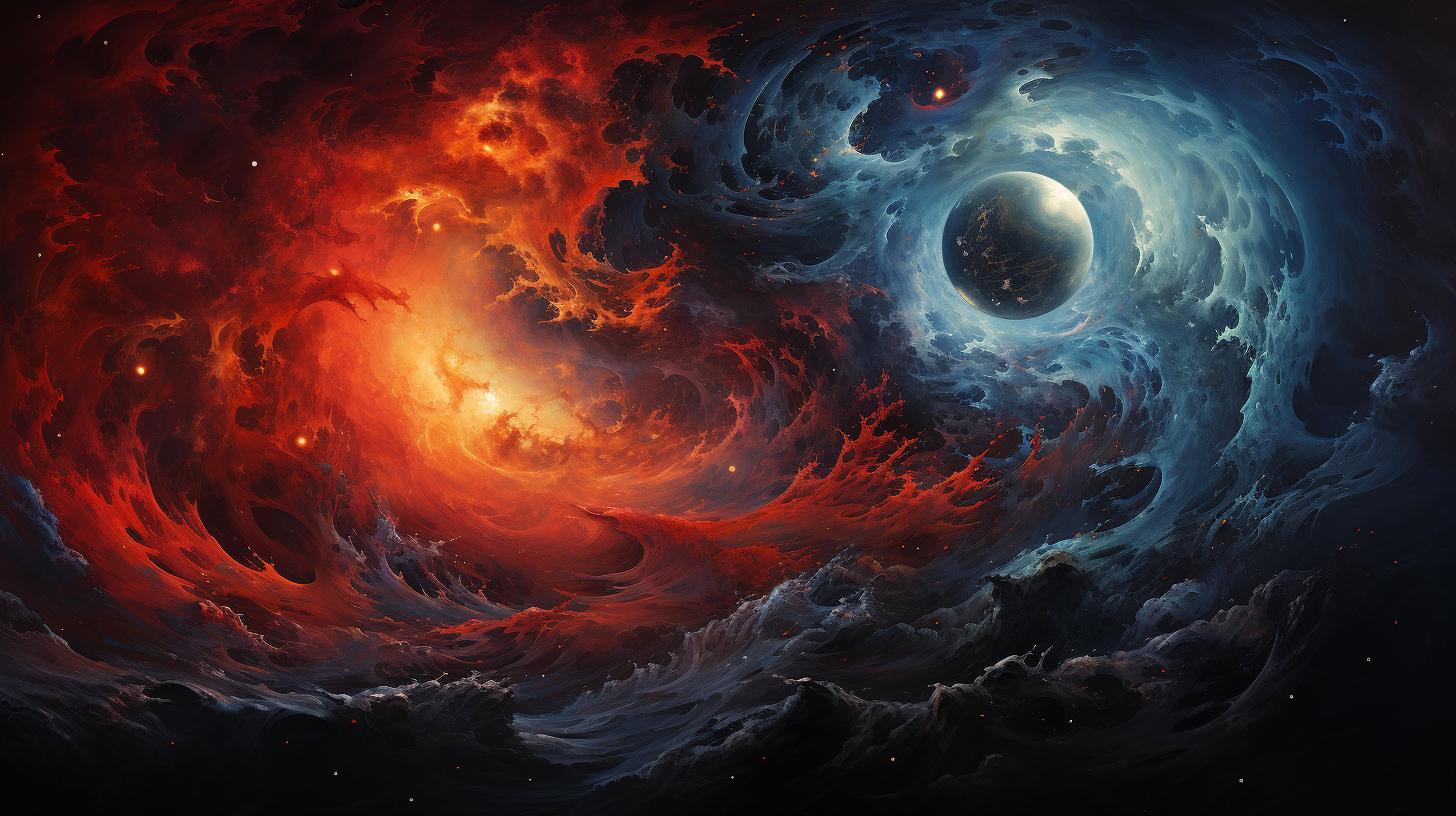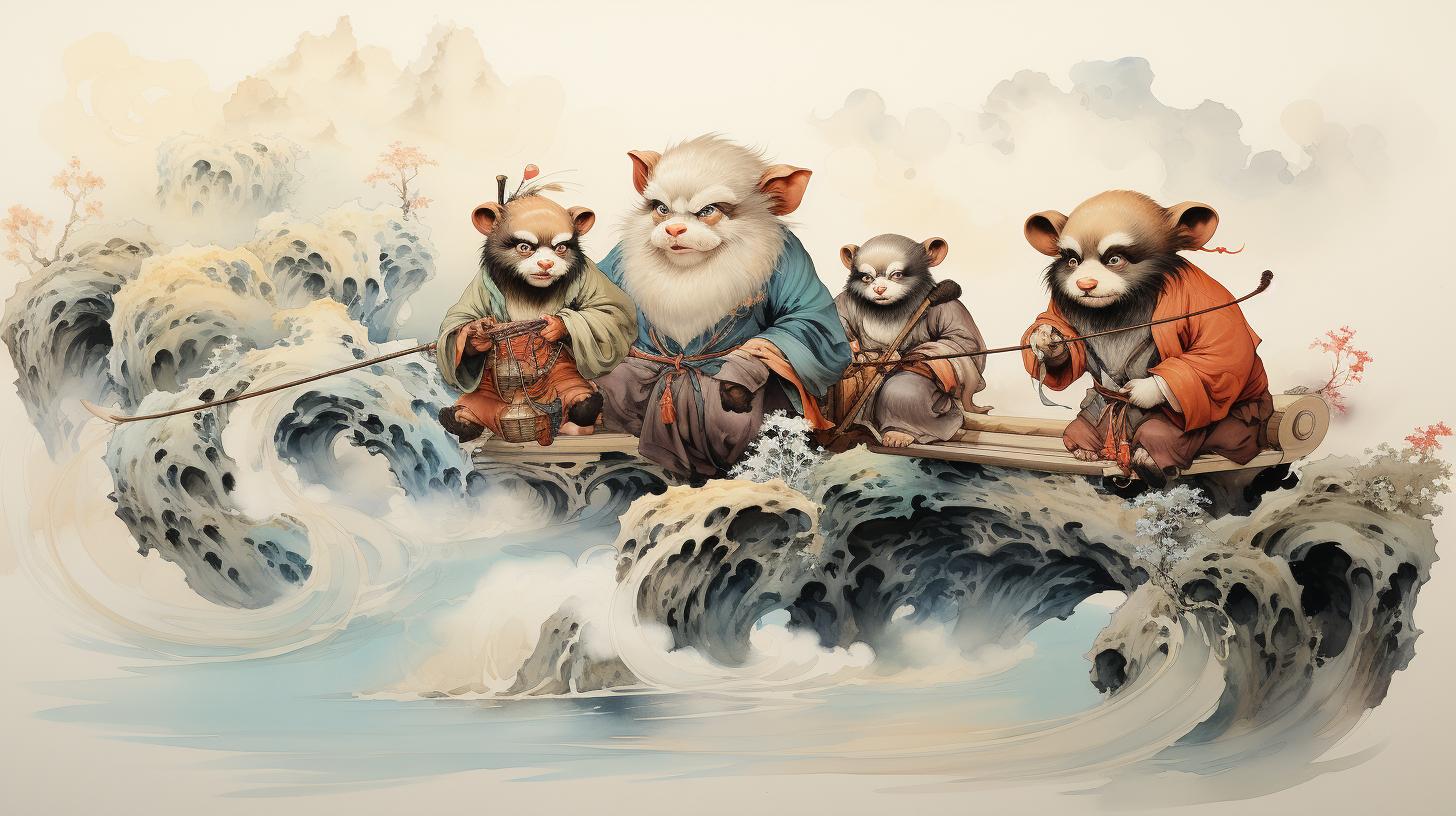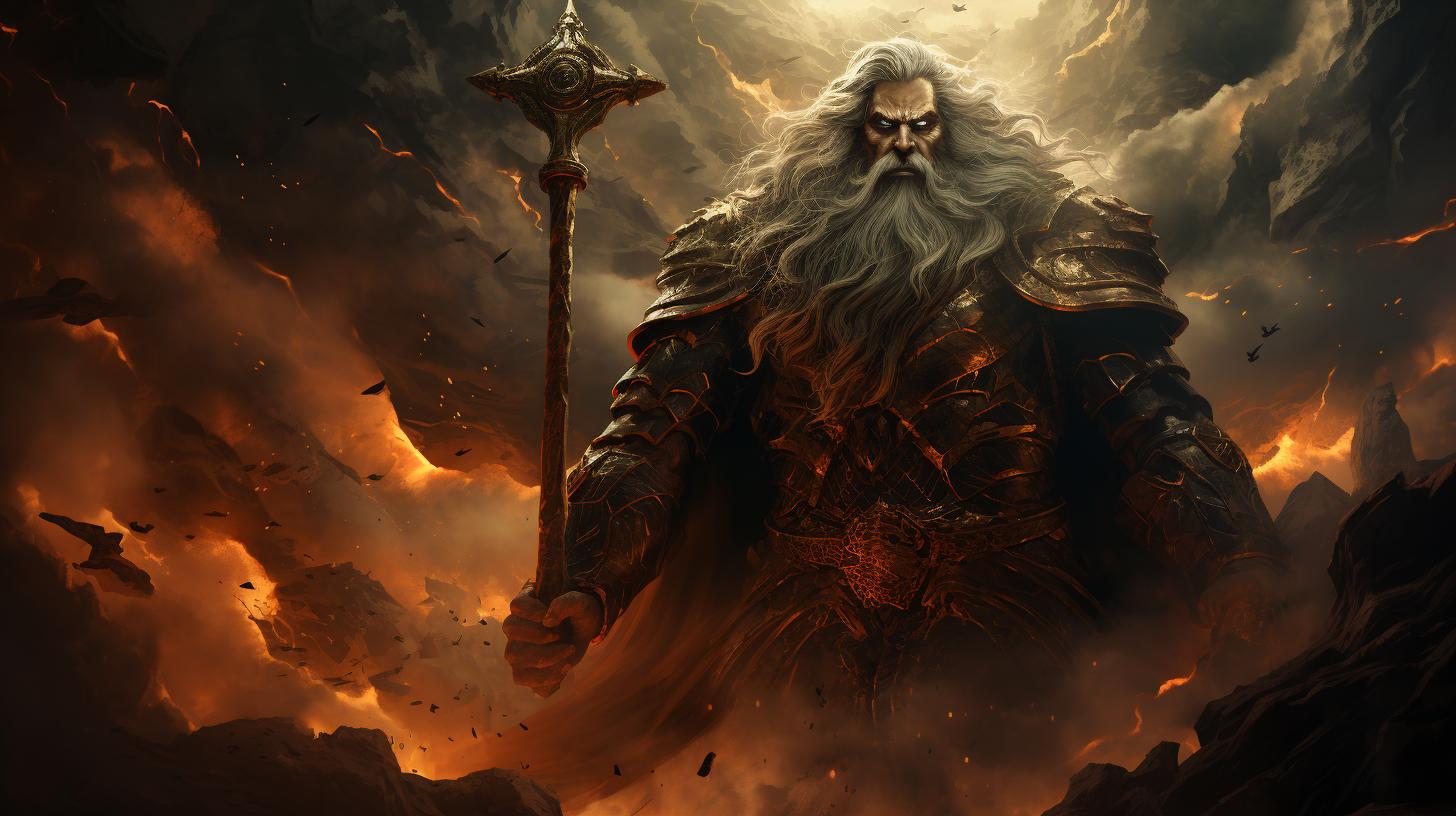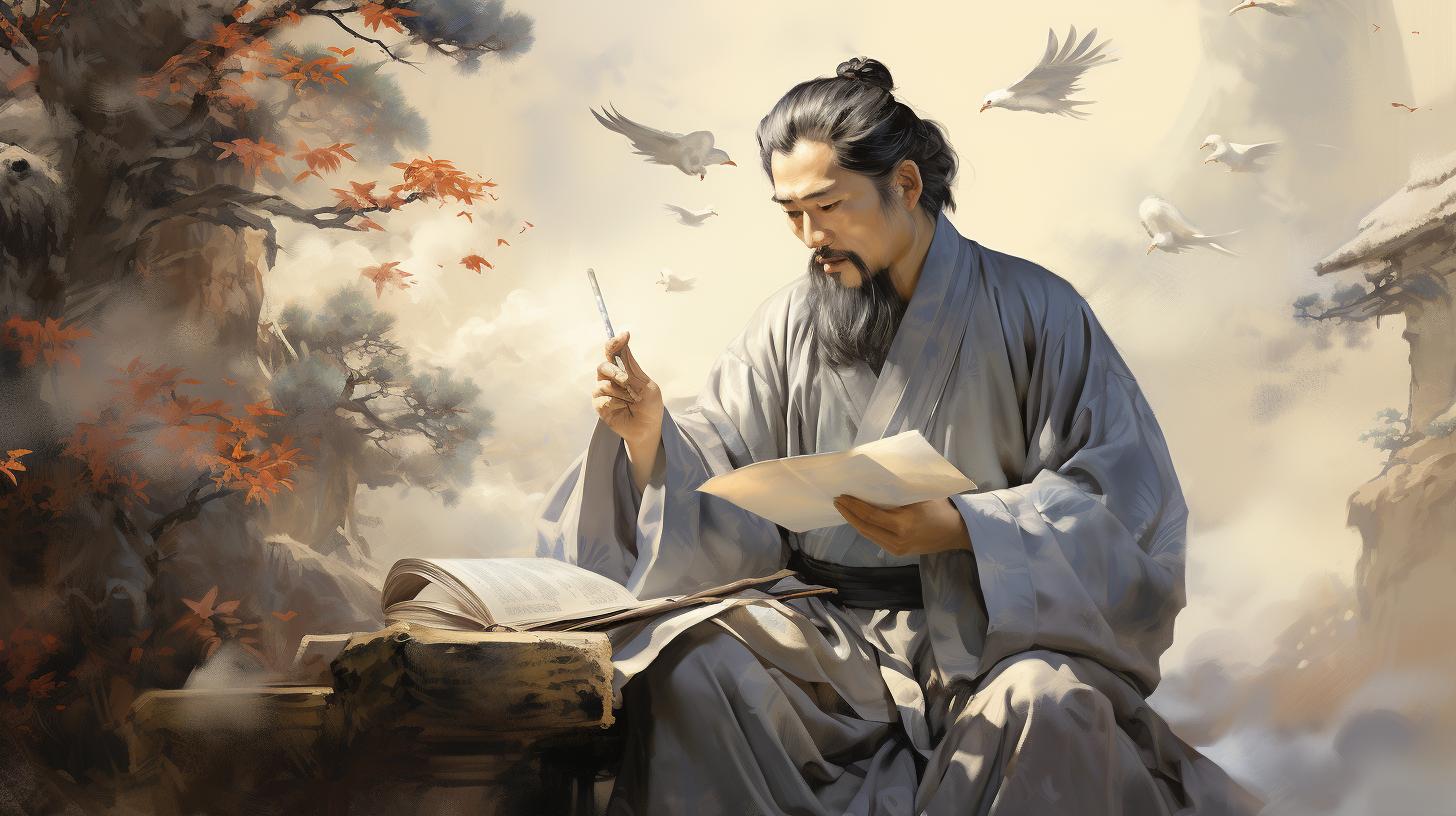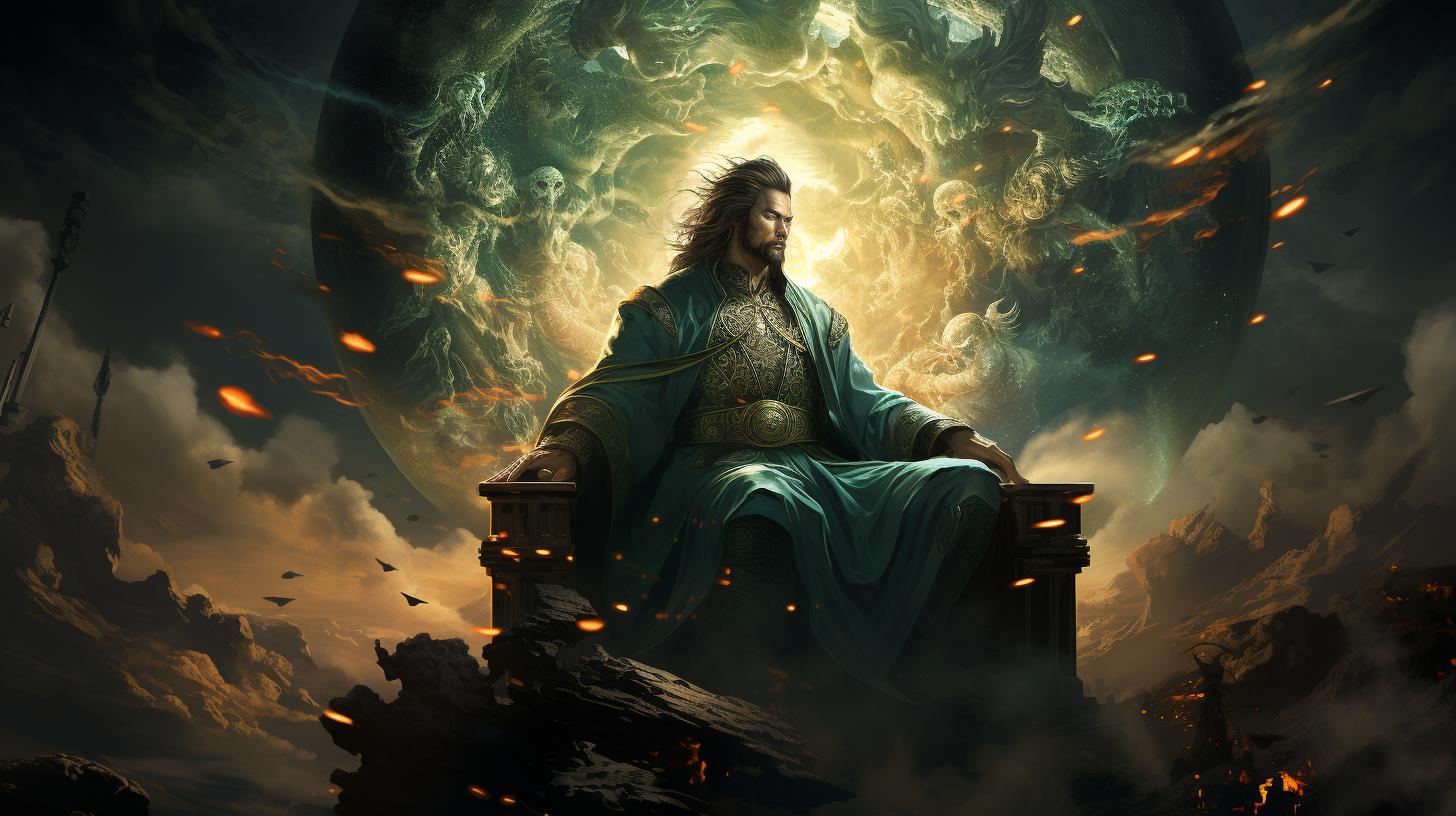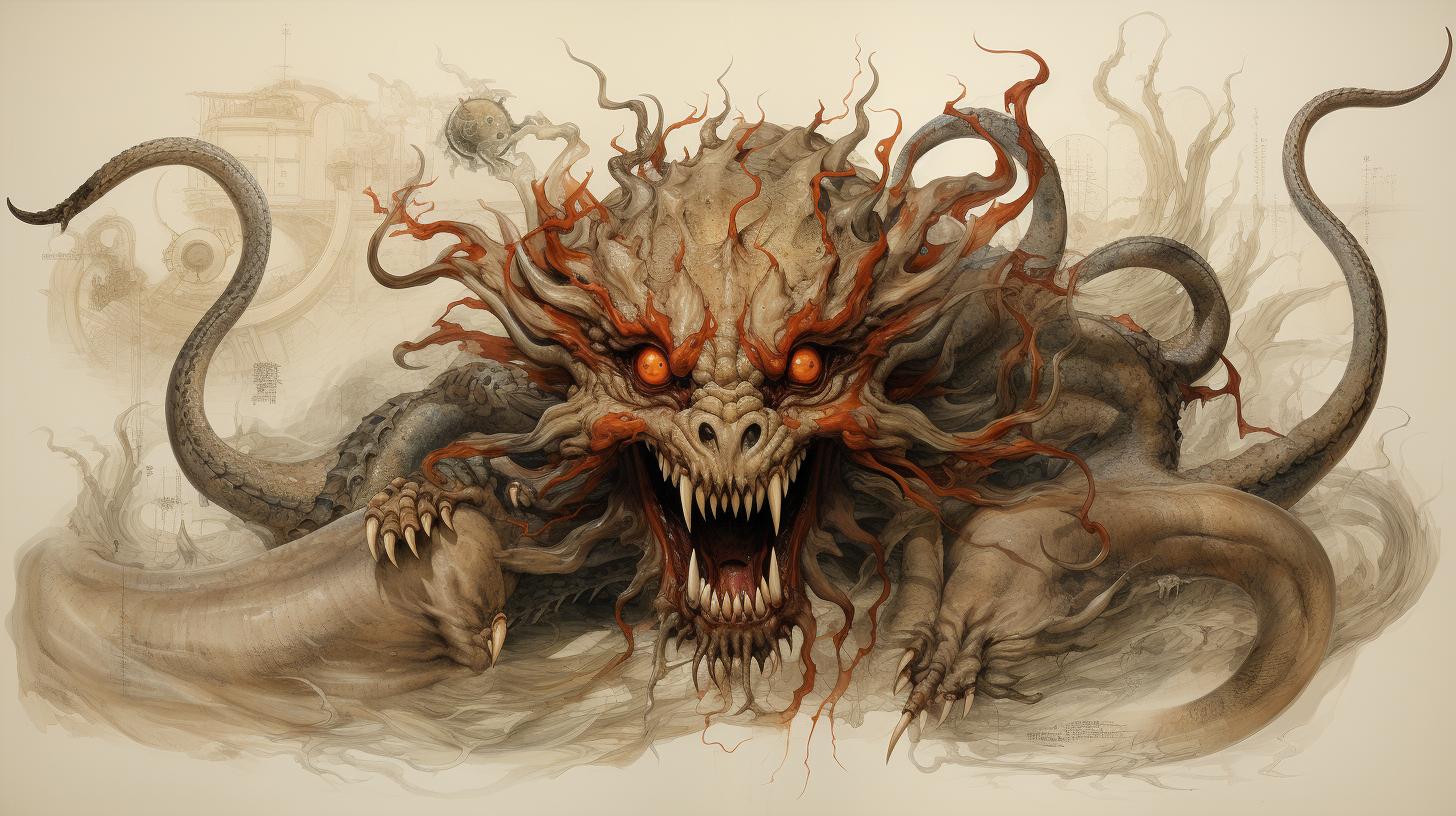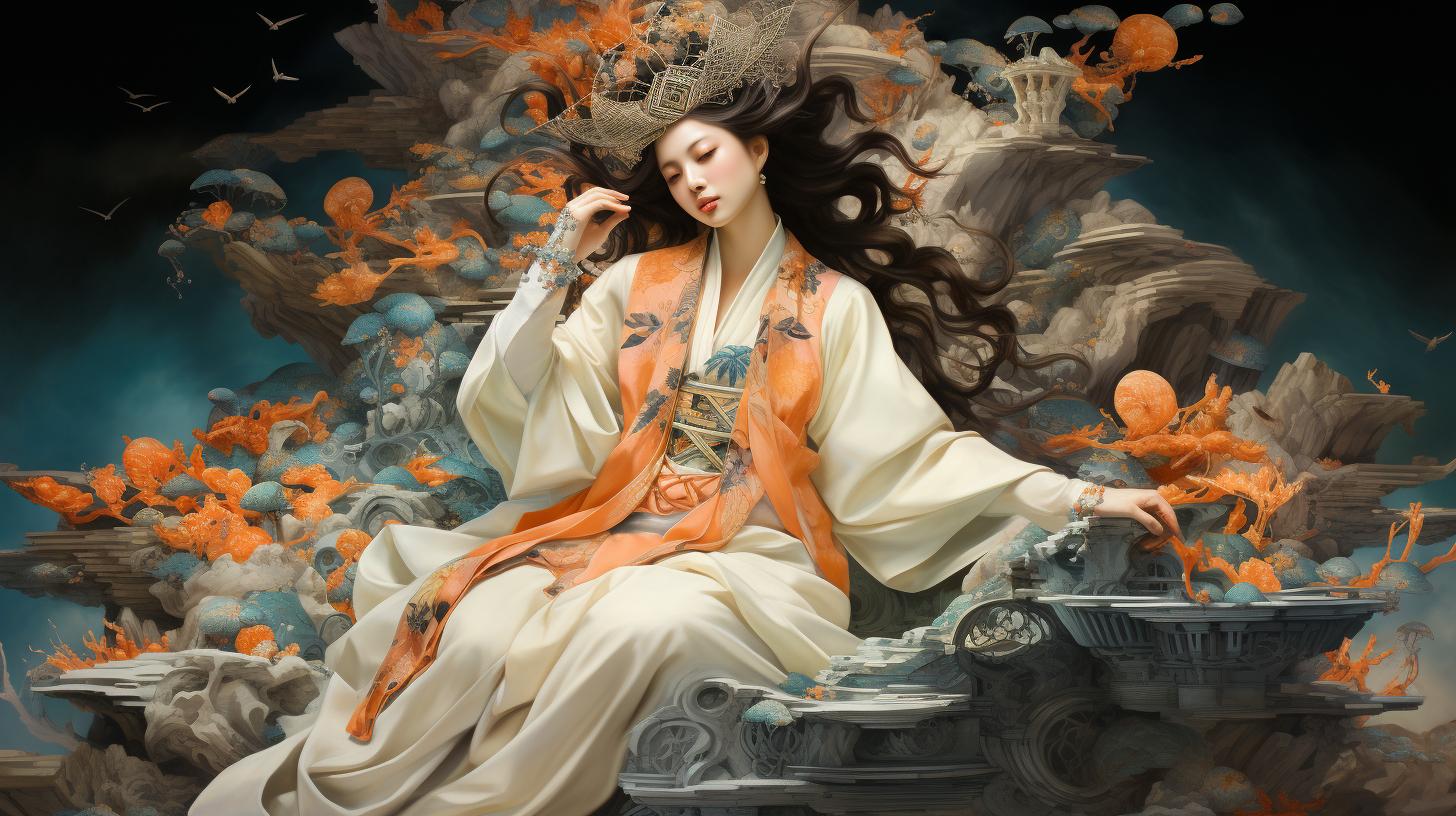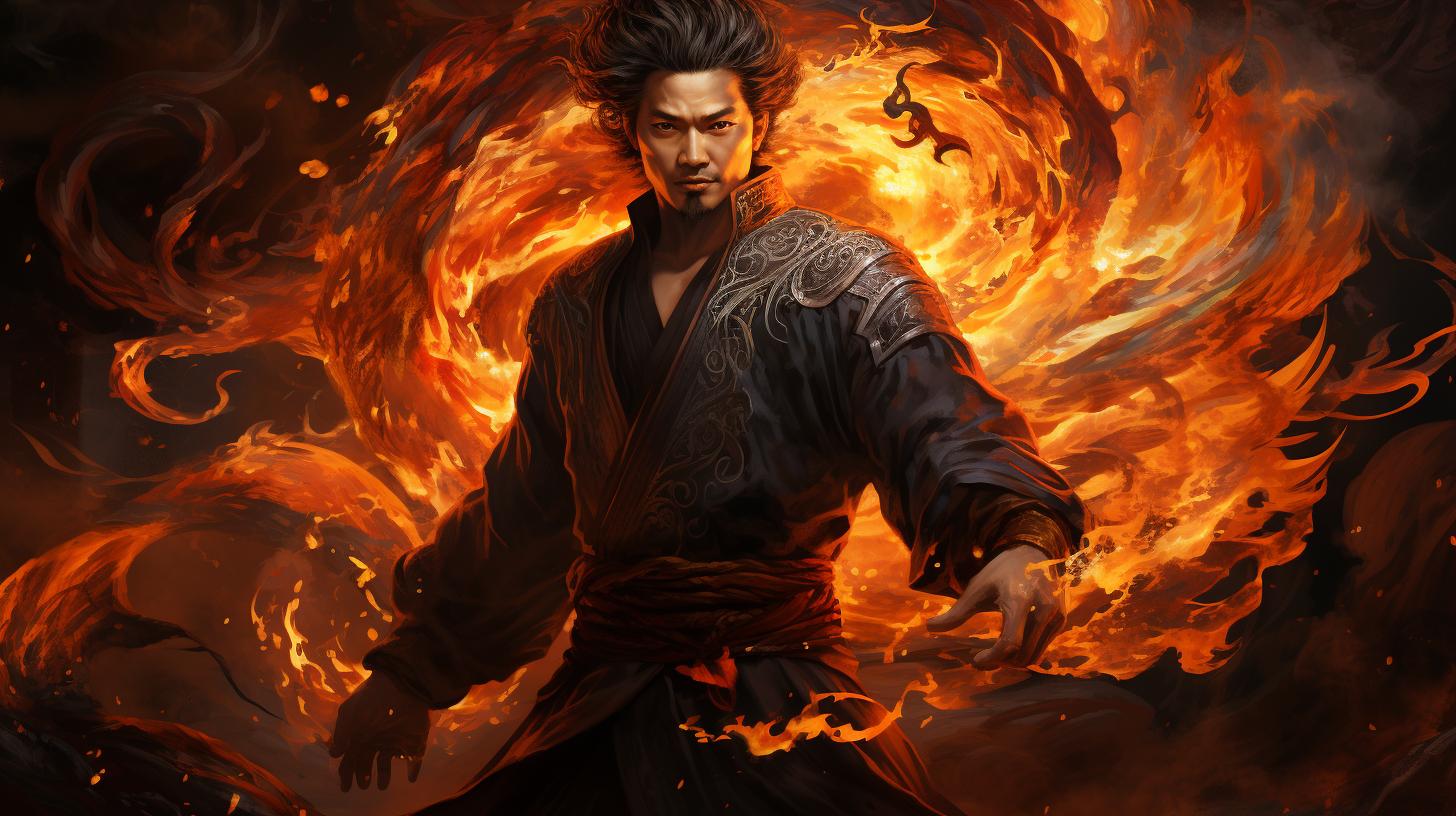‘Chinese God Pangu and the Egg of the World: The Mythical Tale of Creation’
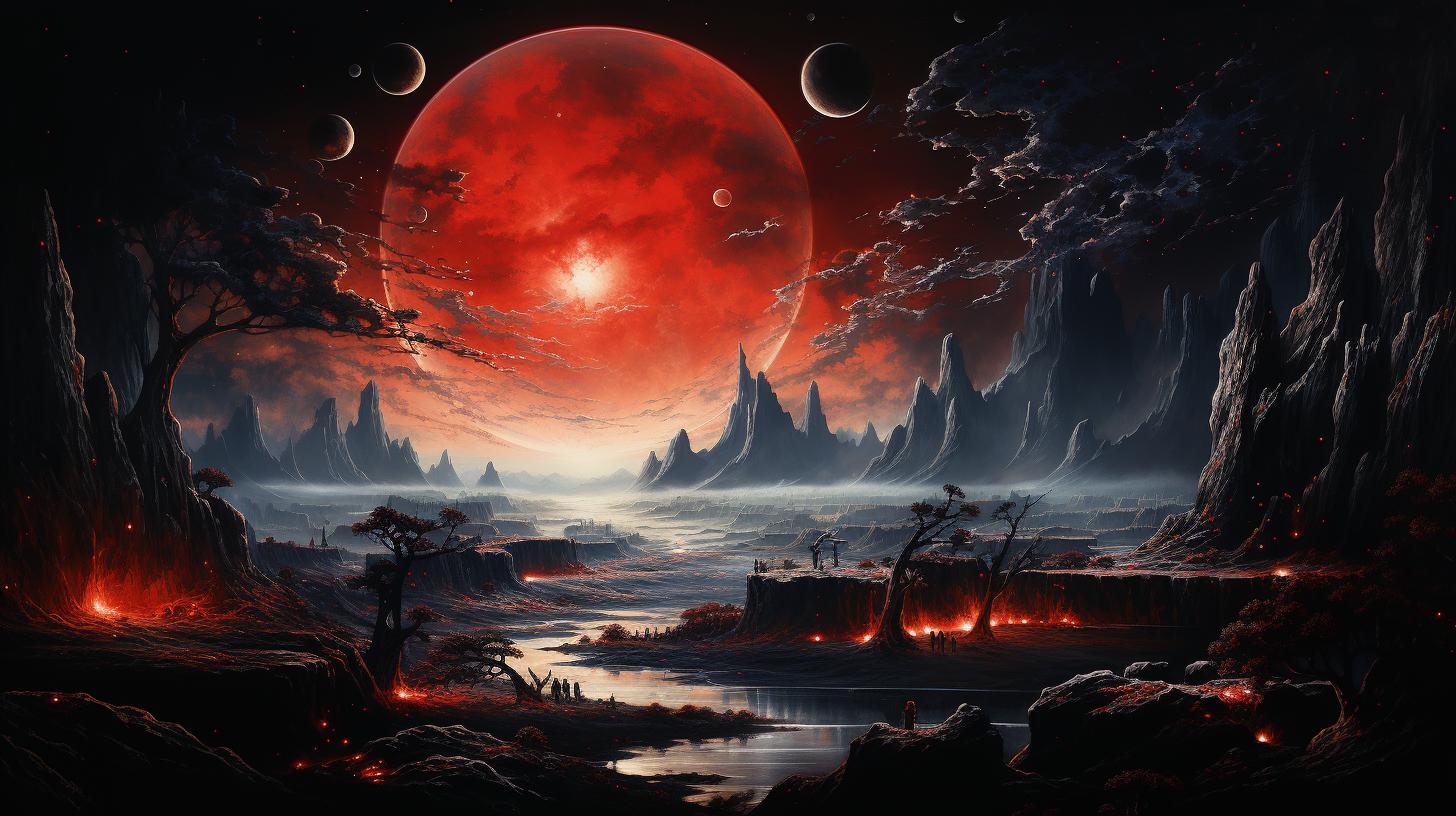
In Chinese mythology, the legendary figure of Pangu is central to the creation of the world. According to the tales, Pangu emerged from a cosmic egg after 18,000 years of yin and yang balancing within it.
With his emergence, Pangu used his axe to separate the yin and yang, creating the heavens and the earth. After his task, Pangu’s body transformed into various elements of the universe.
These myths also depict Pangu being assisted by the Four Sacred Beasts. Artistic representations of Pangu portray him as a robust being holding symbols of power. Today, Pangu is revered and celebrated in Guangdong Province.
The Mythical Tale of Pangu: Exploring Chinese Creation Mythology
The story of Pangu is a fascinating exploration of Chinese creation mythology. It delves into the incredible origins of Pangu, the birth of the universe from a cosmic egg, and the subsequent emergence of heaven and earth.
Let’s delve deeper into the mythical tale and uncover the captivating details behind Pangu’s story.
The Origins of Pangu: Birth from the Cosmic Egg
Pangu’s fascinating journey begins with his birth from a cosmic egg. In the primordial chaos, where nothing existed, this cosmic egg held the potential for creation. Within its shell, the contrasting forces of yin and yang stayed in perfect equilibrium for an astonishing 18,000 years.
It was during this time that Pangu was gestating, growing stronger and more powerful, preparing to bring order out of chaos.
Yin and Yang: The Balancing Forces Within the Egg
Within the cosmic egg, the principles of yin and yang played a pivotal role. Yin symbolizes the receptive, feminine force, while yang represents the active, masculine force. These opposing yet complementary forces balanced each other within the egg, ensuring harmony and the potential for creation.
The prolonged coexistence of yin and yang within the egg set the stage for Pangu’s eventual emergence and the subsequent formation of the universe.
Pangu’s Emergence and the Creation of Heaven and Earth
After the 18,000-year incubation period, Pangu finally emerged from the cosmic egg. With a mighty swing of his axe, he cleaved the yin and yang, separating them and initiating the creation of the heavens and earth.
The egg split into two halves, with one becoming the expanse of the sky and the other transforming into the solid ground beneath our feet. Pangu, with his remarkable strength, held the separated halves in place, preventing their reconnection and allowing the universe to take shape.
As Pangu upheld the heavens and earth, they began to grow. Every day, the sky expanded ten feet higher, while the earth thickened by ten feet. This tireless task consumed another 18,000 years of Pangu’s existence, solidifying the foundations of the world we know today.
The separation of heaven and earth and their subsequent growth laid the groundwork for the myriad creatures, landscapes, and phenomena that inhabit our vibrant planet.
Pangu’s Transformations: From Deity to Cosmic Elements
Within the mythological narrative of Chinese god Pangu and the egg of the world, Pangu’s emergence and subsequent actions led to his transformation and the embodiment of various cosmic elements.
The Four Sacred Beasts: Turtle, Qilin, Phoenix, and Dragon
As the tale goes, during Pangu’s cosmic creation, he was aided by the Four Sacred Beasts: the turtle, qilin, phoenix, and dragon. These revered creatures played vital roles in assisting Pangu in his divine task.
The turtle symbolized longevity and served as a foundation for the world, carrying the weight of the heavens. The qilin represented benevolence and prosperity, while the phoenix signified rebirth and regeneration.
Meanwhile, the dragon symbolized power and control over water and weather.
Pangu’s Demise and the Embodiment of Natural Elements
After fulfilling his role in shaping the universe, Pangu eventually met his demise. The myth suggests that his body underwent a transformation, with different parts becoming integral elements of nature. His breath transformed into the wind and mist, while his voice transmuted into the roaring thunder.
The sun and moon came from his eyes, and mountains formed from his head. His blood flowed as rivers, and his limbs turned into various landforms. This celestial transformation demonstrated the interconnectedness between the divine and natural realms.
Connections to Ancient Chinese and Southern Ethnic Mythologies
The myth of Pangu also exhibits connections to the ancient mythologies of the Miao and Yao peoples in southern China. These cultural similarities hint at the interwoven nature of mythological narratives within traditional Chinese folklore.
The shared concept of creation through a cosmic egg and the presence of sacred and powerful creatures resonate across different mythologies, emphasizing the significance of these mythical beliefs in Chinese culture.
Depicting Pangu: Artistic Representations and Worship
Depicting Pangu, the Chinese god of creation, involves capturing the essence of this legendary figure through various artistic representations. These depictions showcase Pangu as a robust and horned divine being, embodying the power and significance of his role in the creation of the world.
Visualizing Pangu: A Robust and Horned Divine Figure
Artworks portraying Pangu often showcase him as a small, stout figure with a muscular physique and prominent horns. His robust appearance symbolizes his strength and resilience, emphasizing his ability to shape the cosmos through his actions.
These visual representations not only capture the physical attributes of Pangu but also convey the mythical aura surrounding his divine presence.
Pangu’s Reverence and Festivals in Guangdong Province
Pangu is revered and celebrated in Guangdong Province, where a temple dedicated to his worship stands as a testament to his significance. Devotees gather to pay homage to Pangu during festivals held in his honor.
These festivities serve as a platform for believers to express their reverence, offer prayers, and engage in rituals that signify their deep-rooted faith in this benevolent deity.
Pangu’s Enduring Legacy: A Benevolent and Innocent Deity
Pangu is regarded as a kind and innocent god, resonating with many believers who see him as a source of blessings and protection.
His enduring legacy is upheld through the continued worship and adoration bestowed upon him by devotees across generations. Pangu represents a figure of divinity whose mythology and impact have left an indelible mark on Chinese culture and spirituality.
.

